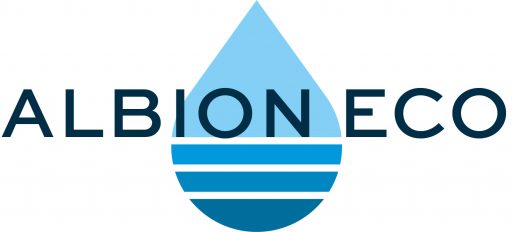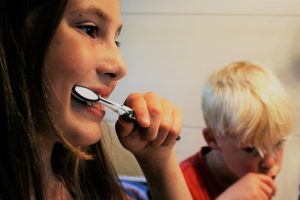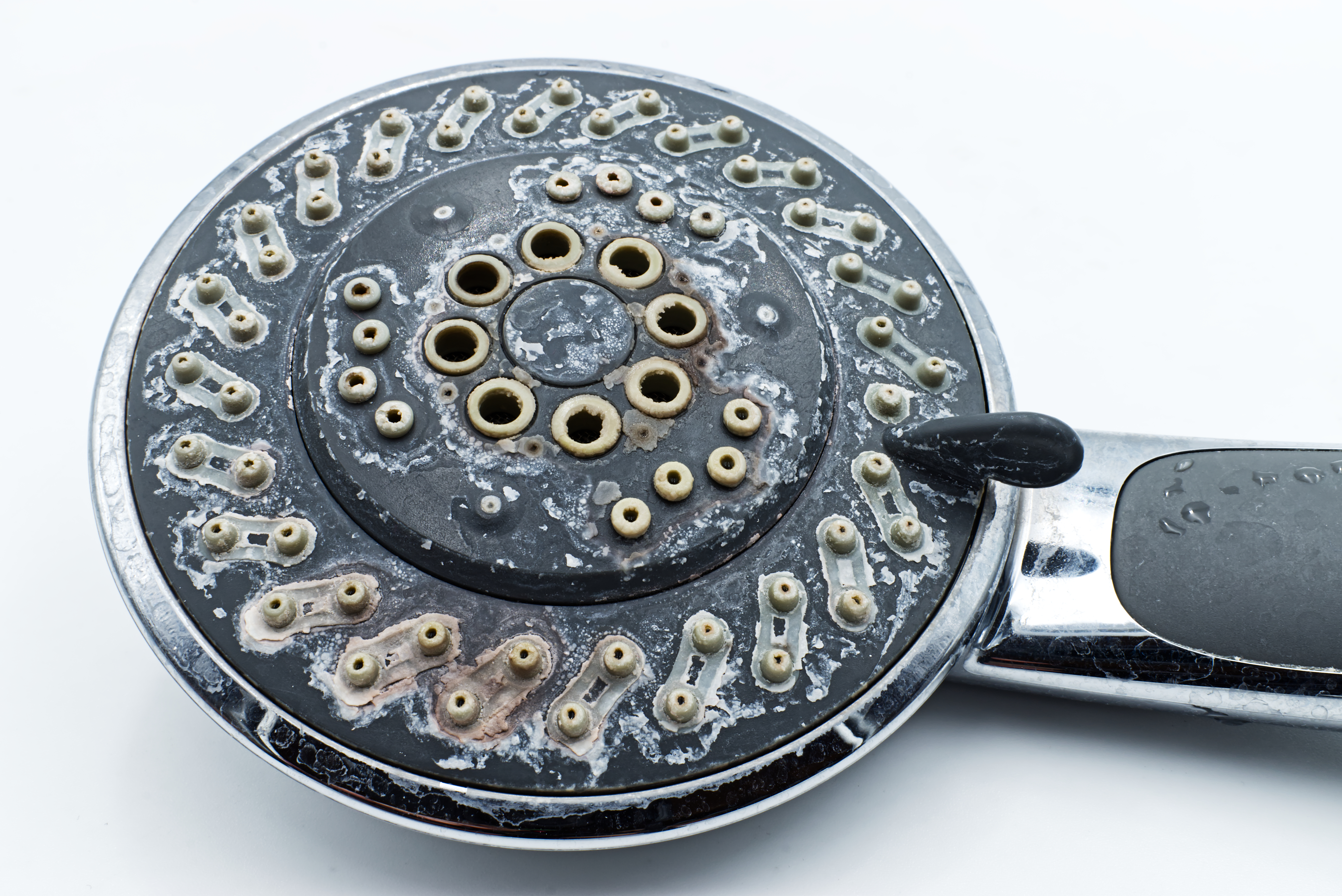Small amounts of lead can end up in water as it travels through lead pipes. Lead can build up in the body over time and become harmful. Young children and pregnant women are particularly at risk of the effects of lead. Properties built before 1970 are likely to have lead pipes, and pipes installed before 1987 may be joined by lead solder.
You can check for lead pipes using the following steps:
- Find the pipe leading to your internal stop tap
- Unpainted lead pipes will be dark grey or black and their joints will look swollen
- Scrape the pipe gently with a coin, if they’re lead, shiny silver strips will appear
- If you tap a lead pipe with a metal object it will produce a dull thud rather than a clear ringing
To reduce the amount of lead in your water:
- Use the cold water tap for your drinking and cooking water, the hot tap will dissolve more lead than cold water.
- Run the water for a few minutes before use to clear the water that has been standing in the pipes.



